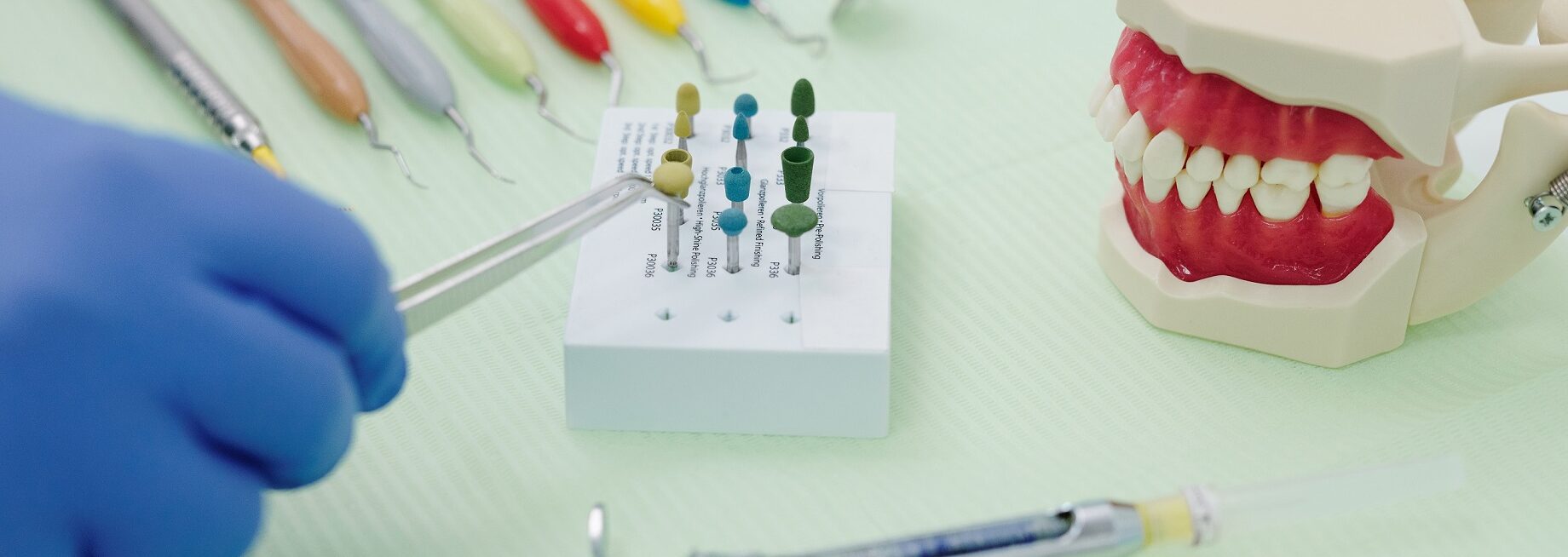When it comes to maintaining optimal oral health, the importance of your teeth cannot be overstated. Not only do they help you bite and chew, but they also contribute to your speech and appearance. However, teeth are not impervious to damage, and when an infection reaches the innermost part of a tooth, the consequences can be severe. This is where root canal therapy comes into play – a procedure that can save teeth from infection, alleviate pain, and preserve your oral health. In this article, we will explore the intricacies of root canal therapy, its significance, the procedure, and the impact it can have on your overall well-being.
Understanding Root Canal Infections
To understand the significance of root canal therapy, it’s important to grasp the nature of root canal infections. The innermost part of a tooth, known as the pulp, houses blood vessels, nerves, and connective tissue. When a tooth is cracked, decayed, or damaged due to trauma, bacteria can infiltrate the pulp, leading to infection and inflammation. Left untreated, this infection can cause severe pain, abscesses, and even result in the loss of the tooth.
The Importance of Root Canal Therapy
Root canal therapy, also referred to as endodontic treatment, is a dental procedure designed to remove the infected pulp, disinfect the interior of the tooth, and seal it to prevent further infection. The significance of root canal therapy extends beyond just addressing the infection:
- Preservation of Natural Teeth: One of the primary goals of dentistry is to preserve natural teeth whenever possible. Root canal therapy allows for the preservation of a tooth that might otherwise need to be extracted due to infection.
- Alleviation of Pain: Root canal infections can be excruciatingly painful. By removing the infected pulp and addressing the underlying cause, root canal therapy provides relief from severe pain and discomfort.
- Prevention of Spread: Left untreated, an infection in a tooth’s pulp can spread to the surrounding tissues, causing abscesses and potentially impacting neighboring teeth and gums. Root canal therapy halts this progression.
- Aesthetic Considerations: Losing a tooth can impact your smile’s appearance. Root canal therapy ensures that you maintain a natural-looking smile by preserving the affected tooth.
The Root Canal Therapy Procedure
Root canal therapy typically involves several steps:
- Diagnosis: Your dentist will first conduct a thorough examination, which may include X-rays, to assess the extent of the infection and determine if root canal therapy is necessary.
- Anesthesia: The tooth and surrounding area will be numbed using local anesthesia to ensure a pain-free procedure.
- Access Opening: A small opening is made in the crown of the tooth to access the infected pulp.
- Pulp Removal: The infected or inflamed pulp is carefully removed from the tooth’s interior. The root canals are then cleaned and disinfected.
- Shaping and Filling: The cleaned root canals are shaped and filled with a biocompatible material known as gutta-percha to seal the space and prevent future infection.
- Restoration: In most cases, a tooth that has undergone root canal therapy will require a crown or another restoration to strengthen and protect the treated tooth.
Dispelling Myths about Root Canal Therapy
Root canal therapy has been plagued by myths and misconceptions over the years. It’s important to address and dispel these myths to better understand the procedure’s reality:
- Root Canals Are Painful: Advances in dental technology and anesthesia have made root canal therapy as comfortable as getting a dental filling. In fact, the procedure is designed to alleviate pain, not cause it.
- Extraction Is a Better Option: Saving a natural tooth through root canal therapy is almost always preferable to extraction. Retaining your natural teeth helps maintain oral health and prevents the need for additional restorative procedures.
- Root Canal Infections Always Come Back: When performed by a skilled dentist and coupled with proper aftercare, root canal therapy has a high success rate and can provide a long-lasting solution.
Aftercare and Prevention
After root canal therapy, it’s important to care for the treated tooth and surrounding area:
- Practice Good Oral Hygiene: Continue brushing, flossing, and attending regular dental check-ups to maintain your oral health.
- Avoid Chewing on Hard Objects: Refrain from using your treated tooth for chewing on hard objects, as it may be more vulnerable to fractures.
- Follow Dentist’s Recommendations: Your dentist will provide instructions on aftercare and any necessary follow-up appointments.
Root canal therapy is a vital dental procedure that plays a significant role in preserving teeth, alleviating pain, and preventing the spread of infection. By removing infected pulp, disinfecting the root canals, and sealing the tooth, root canal therapy offers a chance to save teeth that might otherwise be lost. Dispelling common myths and misconceptions about the procedure helps individuals make informed decisions about their oral health. With proper aftercare and adherence to preventive measures, a tooth that has undergone root canal therapy can continue to function effectively and contribute to your overall well-being.

